To run the forums, host the website, and travel, I charge a universal service fee for my reviews. This review was sponsored by Haibike. My goal is to be transparent and unbiased, this video and written review are not meant to be an endorsement of Haibike products.
I recently got a chance to review the Haibike Sduro Trekking S 9.0, Haibike’s top of the line trekking bike with a 28mph Bosch speed motor and an optional dual battery setup. As you can imagine, the components are just as top tier as the electrics, so let’s jump right in. The Trekking S comes in 6 different frame sizes and 2 frame styles, both a high-step and a mid-step (that they call a step-through). The frames are beautifully hydro formed and there is just 1 color choice. The bike overall weighs just a bit under 60lbs (without the extra battery) and retails for $4,699. The tires here are a kind of premium extra wide set Schwalbe Super Moto X at 27.5” x 2.4”. These are going to be quiet, more efficient as well as offering a lot of stability. No boost hub spacing here, but you will notice the wheel setup is complimented well by the 68mm plastic SKS fenders. The front suspension is an SR SunTour air fork with 80mm of travel, 34mm anodized stanchions, and it also features lockout and rebound adjust. The geometry is comfortable too because of the low rise bar with a 90mm stem and locking grips, so it sits more upright and is more comfortable than something aggressive and far forward. I love the battery integrated lights here too, in the front you have a super powerful 150 lumens adjustable angle headlight, while the rear gets a 2 LED tail light. In the back, you have a Carrymore rack that looks like it’s not connected, but it actually is mounted underneath the fenders, kind of cool… Anyways, it is quite versatile as it is rated for 15kg (so about 40lbs) and has some pannier hangers, a bungie loop adapter, and a spring latch. Looking around the bike, you see a lot of Haibike branded components like “TheStem”, “TheHandlebar”, “TheCrank”… these are all ++ rated parts, so you can tell they went all out on this bike. Another feature is this modular rail system, for example, you can attach this $59 magnetic water bottle or other accessories like locks and such… Speaking of locks, there are cafe lock provisions in the rear and the bike come with an ABUS locking core, so you can get all locks on the bike ‘keyed-to-like’ so you are only carrying one key for all the locks. Before I move on, I really need to call out this massive rubberized slap guard, this is so encompassing, it is almost like part of the frame! Very cool! Other features include a flick bell, adjustable length kickstand in the rear to eliminate annoying pedal lock, and internally routed cables to give the bike a clean look.
Driving this bike is one of the sportiest, and smartest, electric bike motors around today. It’s the Bosch Performance Line Speed, which offers up to 63 Newton meters of torque and 120 RPM pedal support. This means that it can start and climb well (even if you’re not in the optimal gear), and it will allow you to spin quickly to reduce leg muscle power and focus on cardio if that’s your preference. It is my preference, in fact, because I have a knee injury. Some other mid-drive electric bike systems (even Bosch’s own Active Line motors) max out around 100 or 110 RPM, so you literally have to switch gears in order to ride faster. It’s less of an issue when your max speed is 20mph, but it becomes very noticeable with a speed pedelec like this. The Performance Line motors have taken a unique approach with their chainring spec that makes them quick and efficient for the motor, but louder and possibly less efficient for you as the rider (if the bike is turned off or you’re trying to pedal beyond the supported speeds). They have a reduction gear inside that spins the chainring at 2.5 revolutions for each crank arm revolution. Bosch representatives have told me that it improves chain retention, but it also makes swapping chainring sizes less straightforward… because they are proprietary. It means that the chain cover is smaller and the chain itself is lower, but might allow for increased chain contact with the right chain stay when riding over bumpy terrain. I trust Bosch, have enjoyed this and other motors that they produce on many other leading electric bikes over the years, I feel that the trade-offs are worth it. One thing that is definitely a pro here, is the two-year comprehensive warranty and support from a wide network of Bosch-Certified dealers. I visit shops all over North America and many have told me that the Bosch drive systems are some of their most reliable, and that the company provides quick support with hardware that does need fixes or replacements. Mechanically, the bike has a Shimano Deore XT derailleur with a Shadow Plus clutch system. This allows you to make the chain tight for rigid riding or lose for maintenance. The setup has 11 speeds, trigger shifters and a fantastic 11-46 tooth cassette in the rear with a 18 tooth chainring in the front. Stopping the bike is a set of 180mm hydraulic disc brake rotors with quad pistons, so a really quality setup.
As mentioned earlier, this bike can an option for two batteries. It comes stock with a PowerTube 500, but for about $1100 more, you can get the mounting necessary as well as a PowerPack 500 added to the bike. This can be done at anytime and does not have to be decided at time of purchase, which I think is really cool. With the combined total of the two, that makes for over a kilowatt hour! So it could definitely go the distance and then some. But since the bike just comes stock with the PowerTube 500, lets talk about that battery specifically. It is rated for 36v and 13.4ah, so almost 500 watt hours which is a pretty good capacity. The PowerTube 500 fits neatly inside the downtube of the bike, completely out of view… aside from the plastic shield cover. This is a big win for the bike aesthetically. The PowerTube battery keeps weight as low as possible on the frame while still being removable and somewhat universal. I’m actually sort of mixed on the PowerTube batteries because they weigh almost a full pound more than the older PowerPack batteries (6.3lbs vs 5.7lbs) and are not as easy to swap between bikes because each company has designed a different cover system. But at the end of the day, this battery is reliable, can be charged on or off the frame, and the frame charging port is positioned high up on the right side of the downtube where it won’t interfere with the crank arms or require you to bend down as far. Big win! Charging is done with a speedy 4amp charger, and I am told Bosch also makes an optional 2amp charger for traveling too. It uses that same Abus locking core and comes with a card so you can match the key to other locks you may have for the bike. One final note on the battery, and really any lithium-ion pack, is that extreme temperatures can be harmful to the cell chemistry and allowing it to drop below 20% can decrease the overall lifespan. For this reason, it’s great that the pack is removable, so you can bring it into your office or home for safe keeping and convenient refills.
Operating this bike is very intuitive Bosch Intuvia display panel and control pad. Once the battery or batteries are charged and connected to the frame, you simply press the power button on the Bosch Intuvia display panel, and it quickly loads some menus. The main dashboard shows bike speed, battery level (a five bar indicator), chosen level of assist (four levels) and a power meter to the right. Along the bottom, a rotating menu shows trip stats including max speed, average speed, clock, trip distance, clock, and dynamic range estimate (that changes as you select different assist levels). You can cycle through these menus using the i button on the display and also on the button pad mounted near the left grip. You really only need that i button and the up/down arrows on the control pad to use the bike once it’s switched on, and they produce a satisfying tactile click that helps you understand what’s happening, even if you can’t look down while riding. You slide through gear ratios (since technically there are no gears) using a half-grip twist shifter on the right. Given the potential power of the Bosch Performance Line Speed motor, I found shifting to be most efficient and comfortable when done as I eased off of the pedals a bit (which decreases motor output). I should mention the integrated Mini-USB port, great for maintaining smartphones for GPS or music on the go, and I want to call out the always-on white backlighting of the Intuvia LCD. It’s convenient in the dark, but can sometimes feel a bit bright and distracting. There’s also a walk mode, which is accessible if you are in one of the four assist levels and press the button on the top edge of the control pad and then hold +. This activates the motor very slowly, to help you push through grass or limp home if the tire goes flat. It’s very handy if the rear rack does have cargo or you have a flat tire. In closing, the Intuvia display panel delivers almost everything I have grown to know and appreciate in the world of ebikes. It’s removable, easy to read, full of useful features but not too complicated… I just wish it showed battery percentage in addition to or in place of the basic five bar infographic.
So in conclusion, I found the Trekking S 9.0 to be an amazing bike. It really is fully loaded and feature rich. It is hard to fault a bike like this, but I have to try and call out some of the tradeoffs. Some of these are a minor grips, but still have merit for the right rider. I found that while some higher end bikes have windows on the side of headlights for visibility, this one does not. On that same note, there is no reflective sidewall stripping on the tires either. And finally, it can be somewhat pricey to start adding stuff like the extra battery or magnetic rail attachments like a $59 water bottle. All that being said, Haibike has been around for years and has a dealer network to support their bikes. They also have a track record for using reliable Bosch and Yamaha equipment, and this shows in this bike. I would like to thank Haibike for showing me the Sduro Trekking S 9.0 and look forward to reviewing the other bikes in the lineup.
As always, I welcome questions and feedback in the comment section below. Whether you own a previous version of the bike, have taken a test ride, or are brand new to the space, my goal is to provide an objective and honest resource. You can also join the Haibike ebike forums and share your own photos, videos, and review updates to help others! Have fun out there, and ride safe :)
Pros:
- A fully loaded and feature rich trekking bike with rack, fenders, suspension fork, integrated lights, powered by a 28mph speed pedelec Bosch mid-drive and optional dual battery setup
- Comes in 6 different frame sizes, 2 frame styles, both a high-step and a mid-step (that they call a step-through), the frames are beautifully hydro formed
- Tires here are a premium extra wide set of Schwalbe Super Moto X at 27.5” x 2.4”, these are going to be quiet, more efficient as well as offering a lot of stability
- SR SunTour front suspension air fork with 80mm of travel, 34mm anodized stanchions, and it also features lockout and rebound adjust
- Features more of an upright riding geometry so longer trips are more comfortable, as opposed to a more aggressive and leaned forward geometry some speedy bikes have
- Battery integrated lights are becoming more common in bikes and are one of my favorite features, in the front you have a super powerful 150 lumens adjustable angle headlight, while the rear gets a 2 LED tail light
- A great Carrymore rack, it is quite versatile as it is rated for 15kg (so about 40lbs) and has some pannier hangers, a bungie loop adapter, and a spring latch
- Features a modular rail system, you can attach a magnetic water bottle or other accessories like locks and such
- The bike comes with a massive rubberized slap guard, this is so encompassing, it is almost like part of the frame itself, really a quality addition
- The Bosch Performance Line Speed mid-drive motor here is very capable and fast, really one of the most reliable and powerful motors out there
- High-end drivetrain makes it easy to start and climb or maintain the 28 mph top speed, The Shimano XT Shadow+ derailleur keeps the chain tight on bumps to reduce bouncing and slipping with a one-way adjustable clutch (this drivetrain has traditionally been reserved for mountain bikes), the same clutch can make removing the rear wheel easier if locked so the derailleur doesn’t spring back
- The PowerTube 500 is an amazing battery, and that can be multiplied here by adding a PowerPack on top of that, I love this possible dual battery feature and what makes it even better is that you can decide to do it later, where as other bikes you have to have it done at time of purchase at the dealer
Cons:
- Some higher end bikes have windows on the side of headlights for visibility, this one does not, similarly, there is no reflective sidewall stripping on the tires either
- The higher-end Bosch Performance Line motors tend to drain the battery quicker, produce more noise, and create some drag because of the reduction gearing, this only happens when pedaling unassisted or pedaling over the max speed (~28 mph in this case)
- The 180mm hydraulic disc brake rotors in the front and rear are impressive, however, a bigger disc brake could mean you want to be more careful parking at a bike rack so you don’t bump them and get them bent or scuffed up
- For a bike that is already $4,699, it can be somewhat pricey to start adding stuff like the extra battery (around $1,100 for parts, labor, and battery) or magnetic rail attachments like a $59 water bottle
Resources:
- Official Site: https://www.haibikeusa.com/

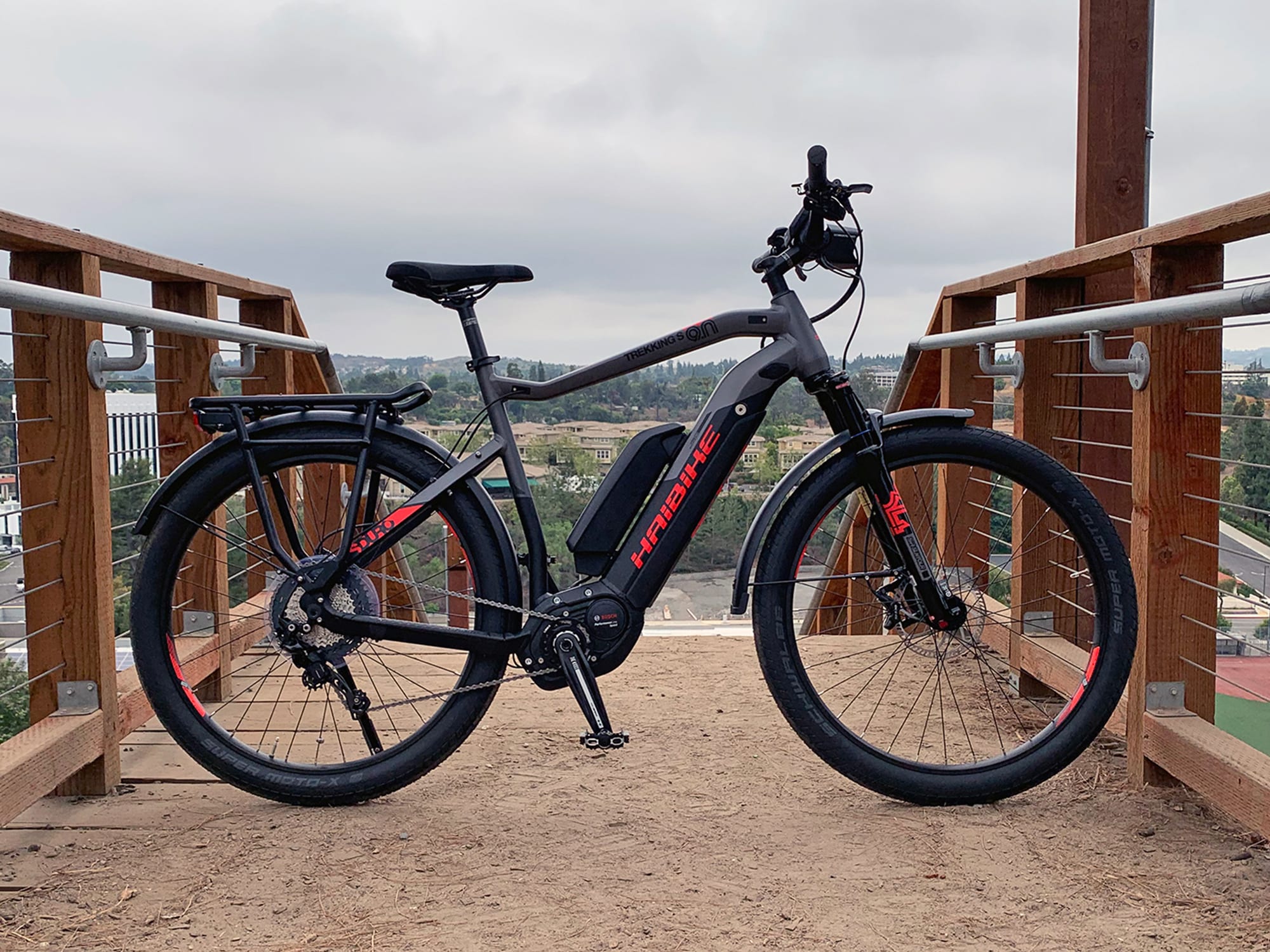
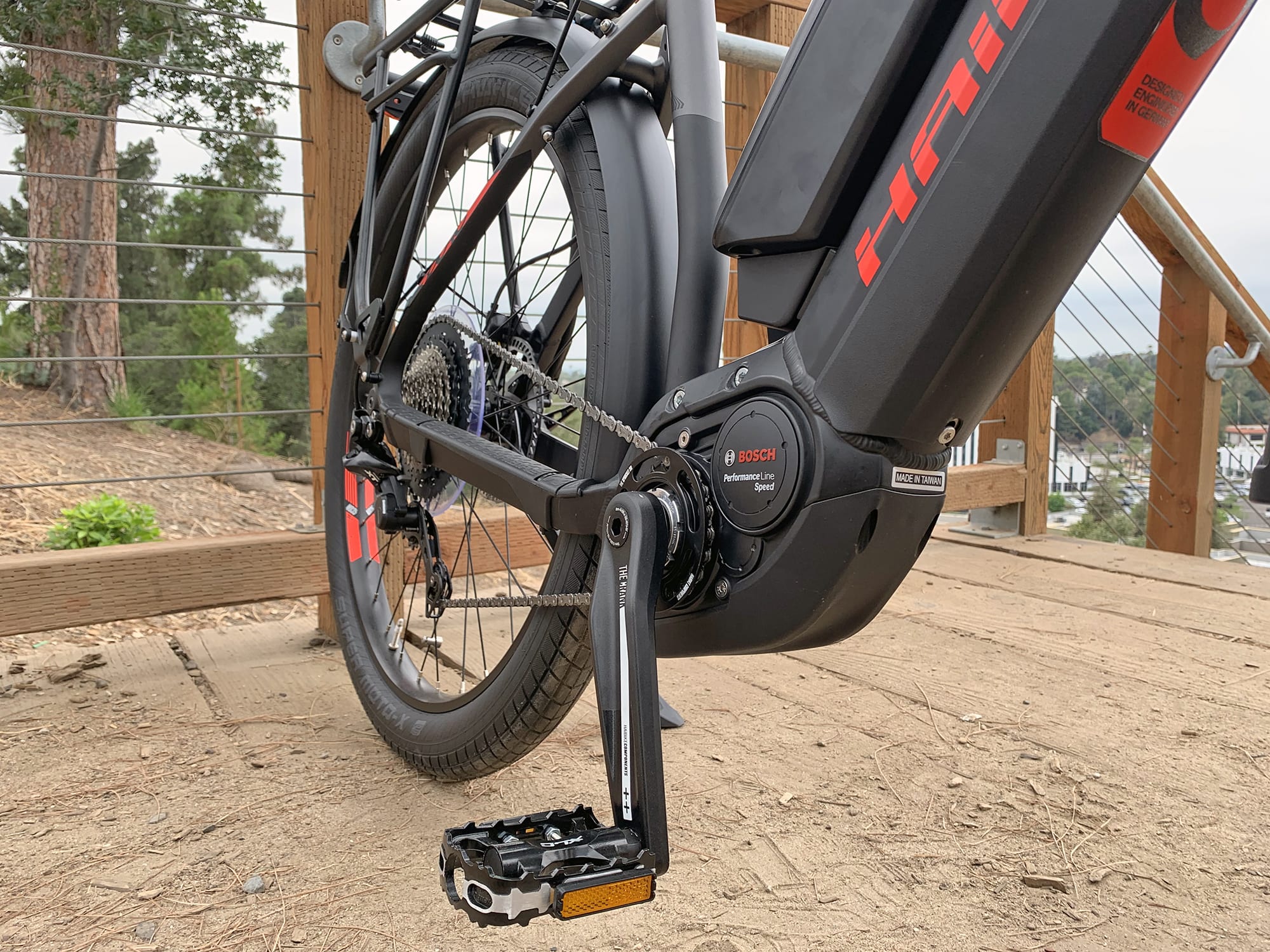
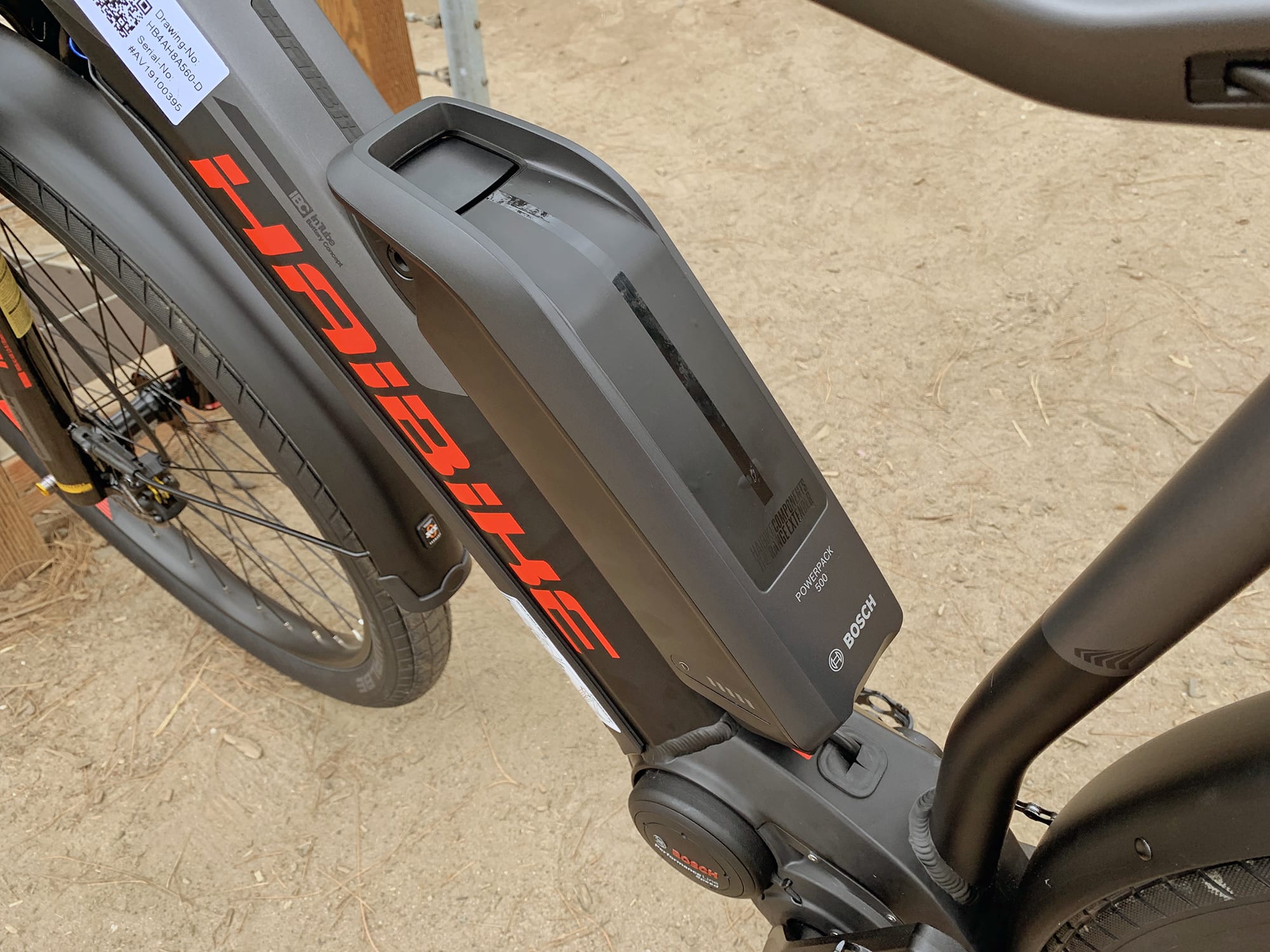
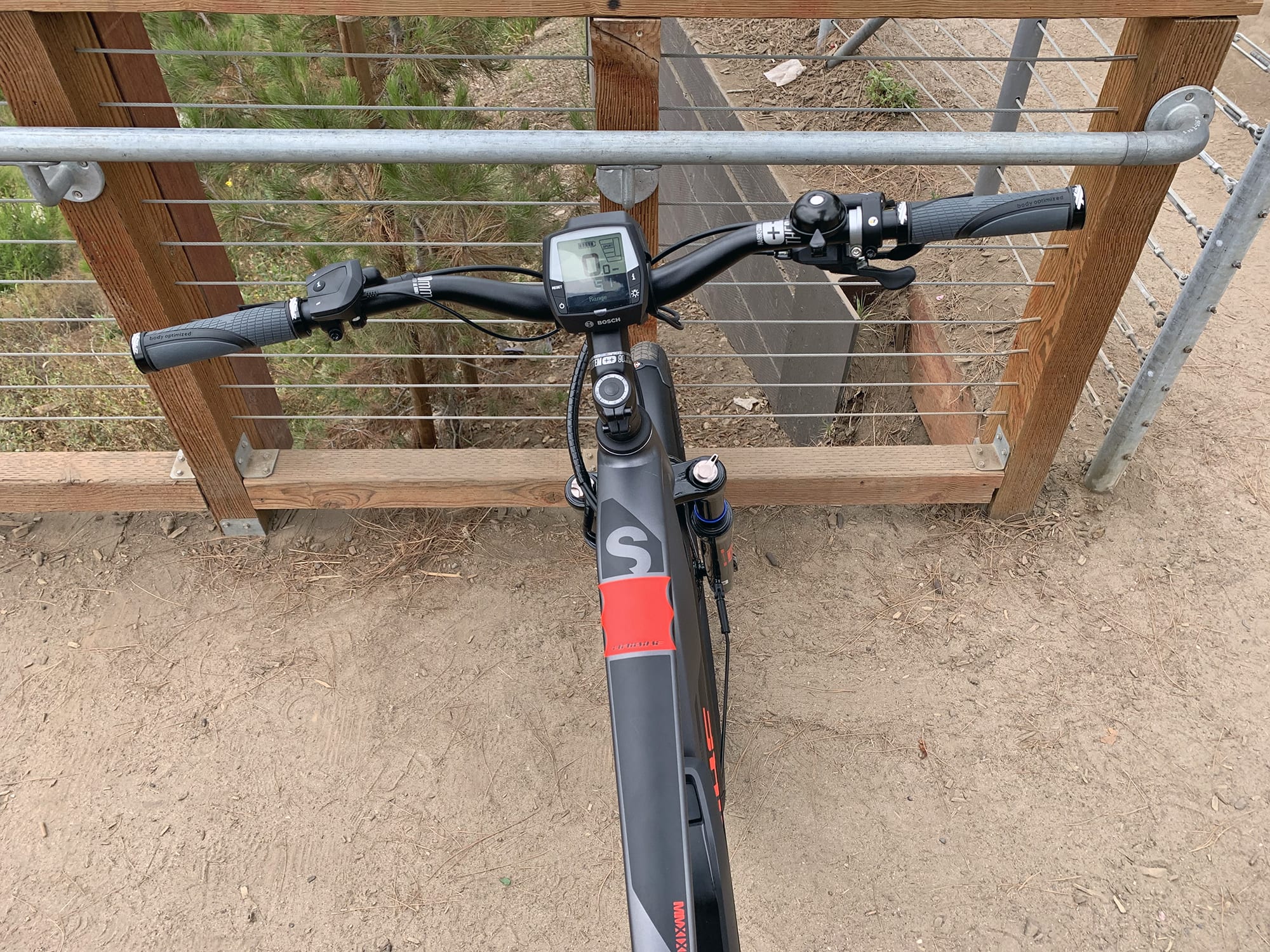
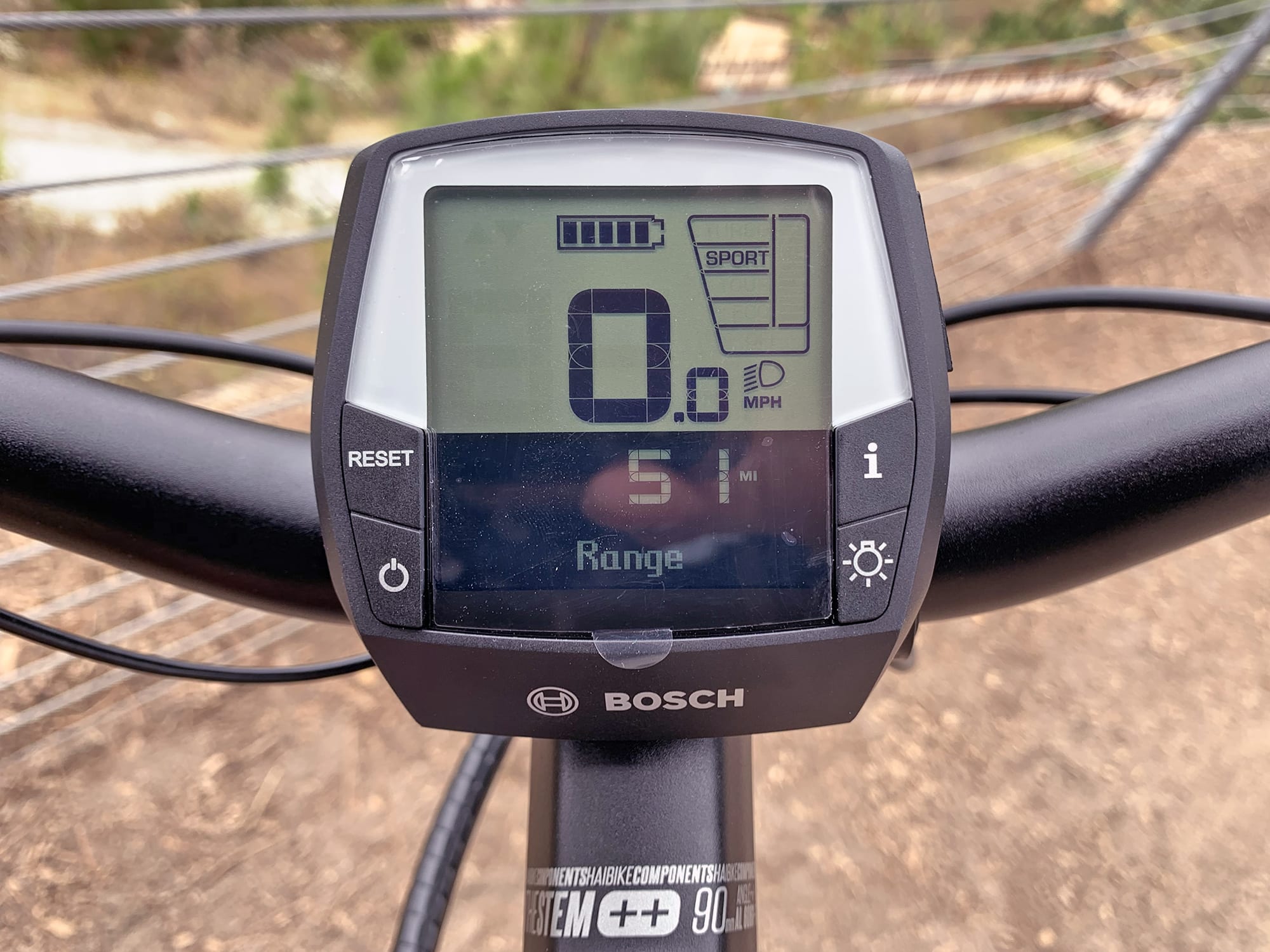
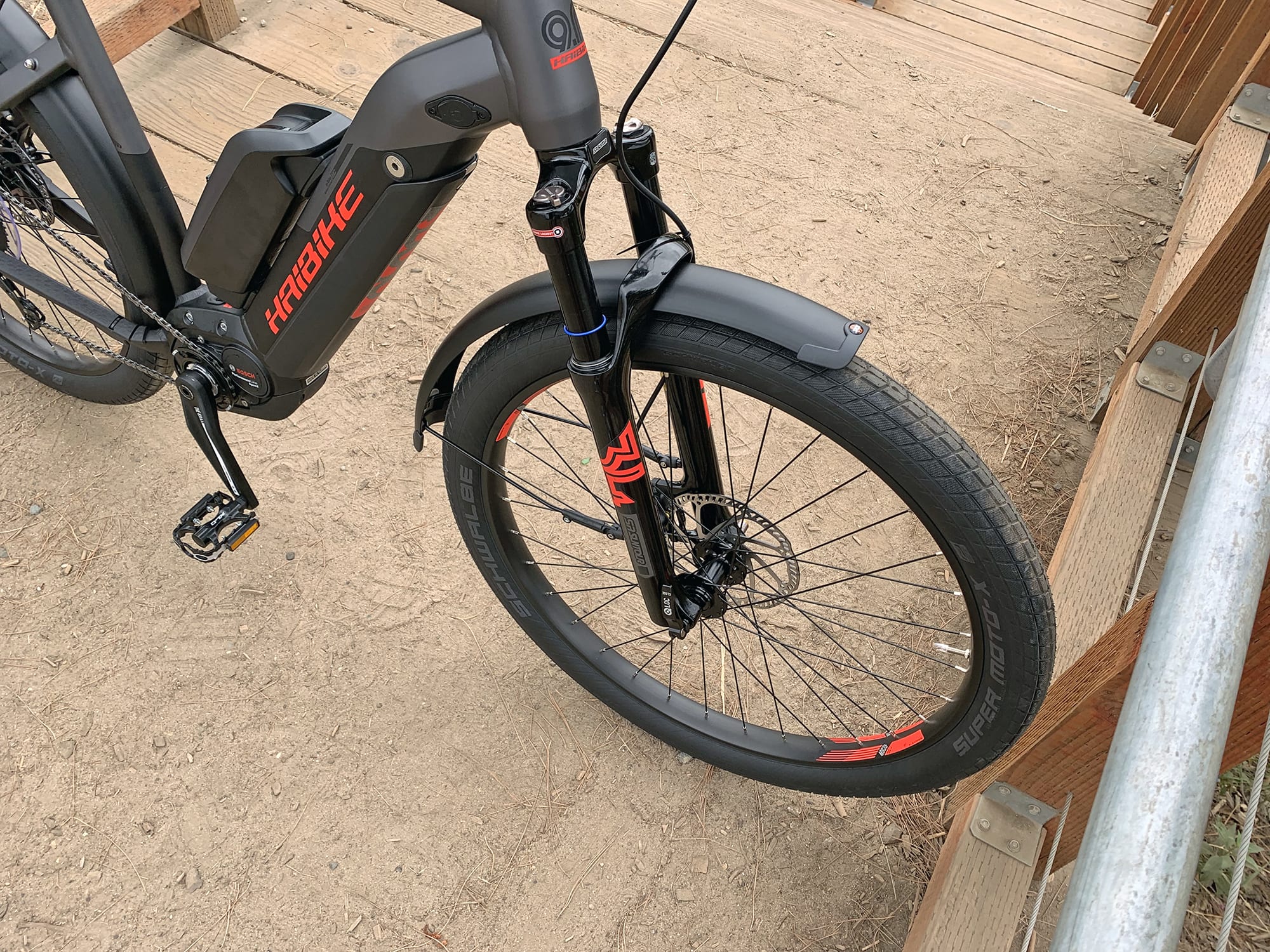
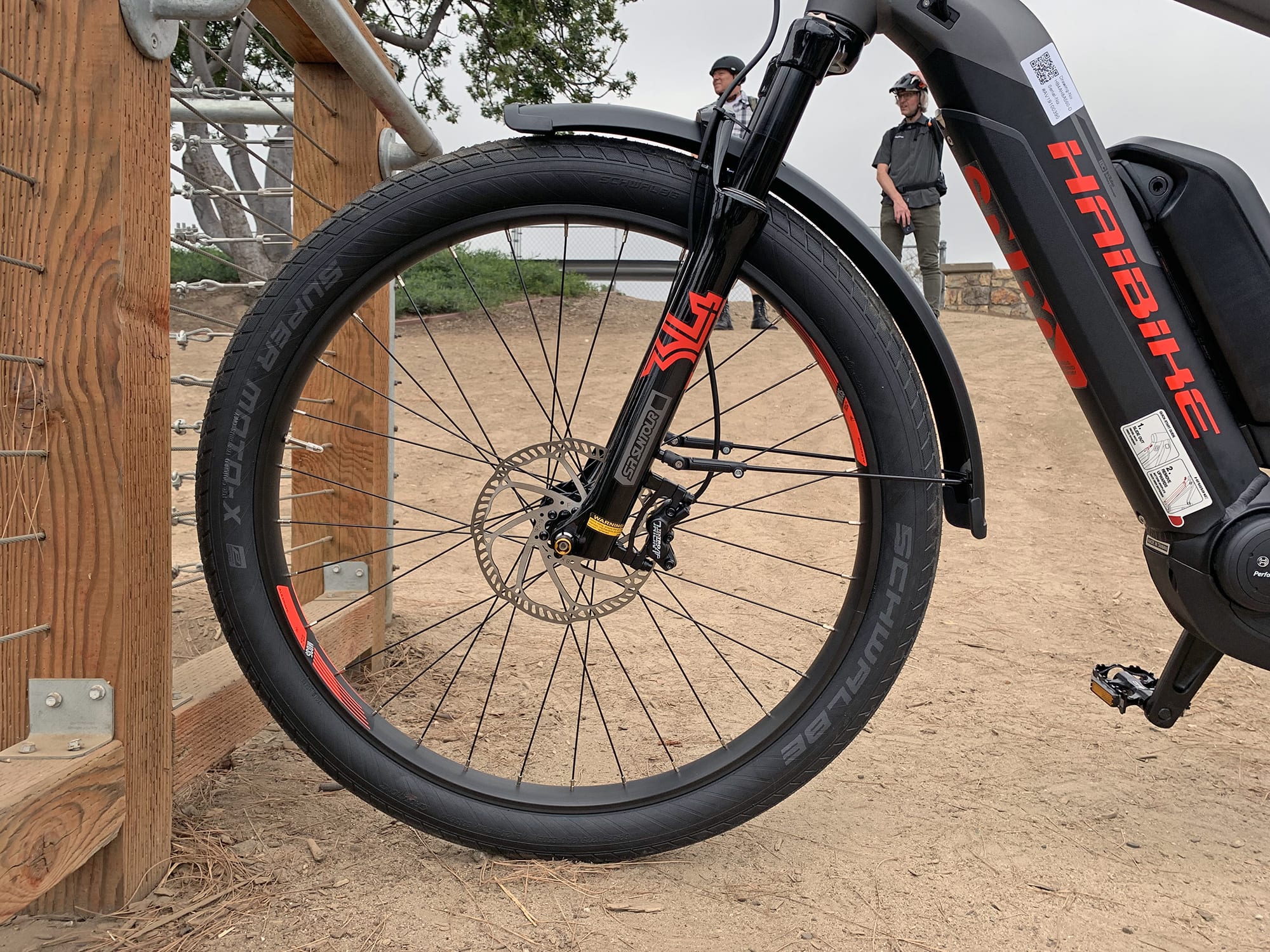
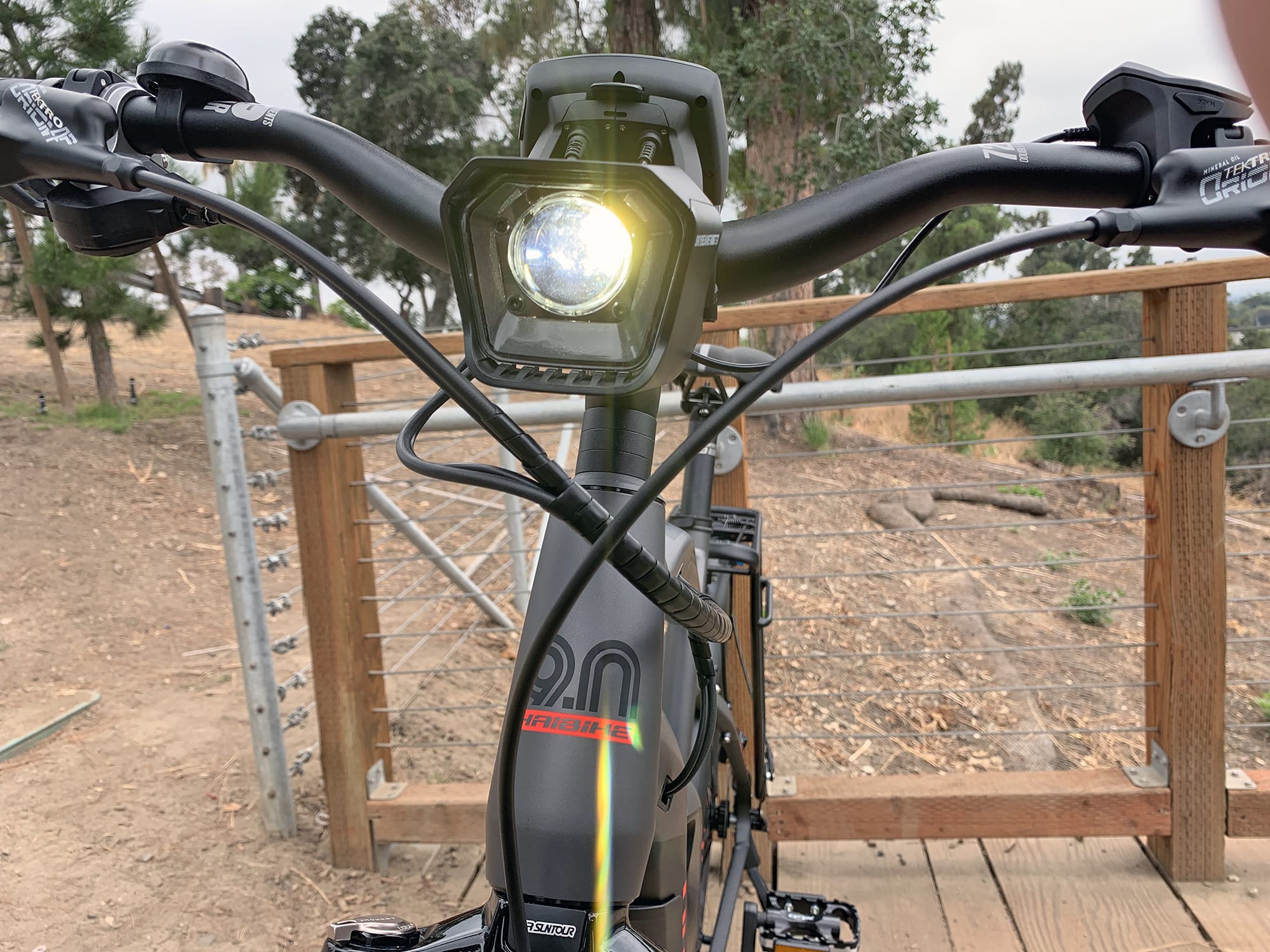

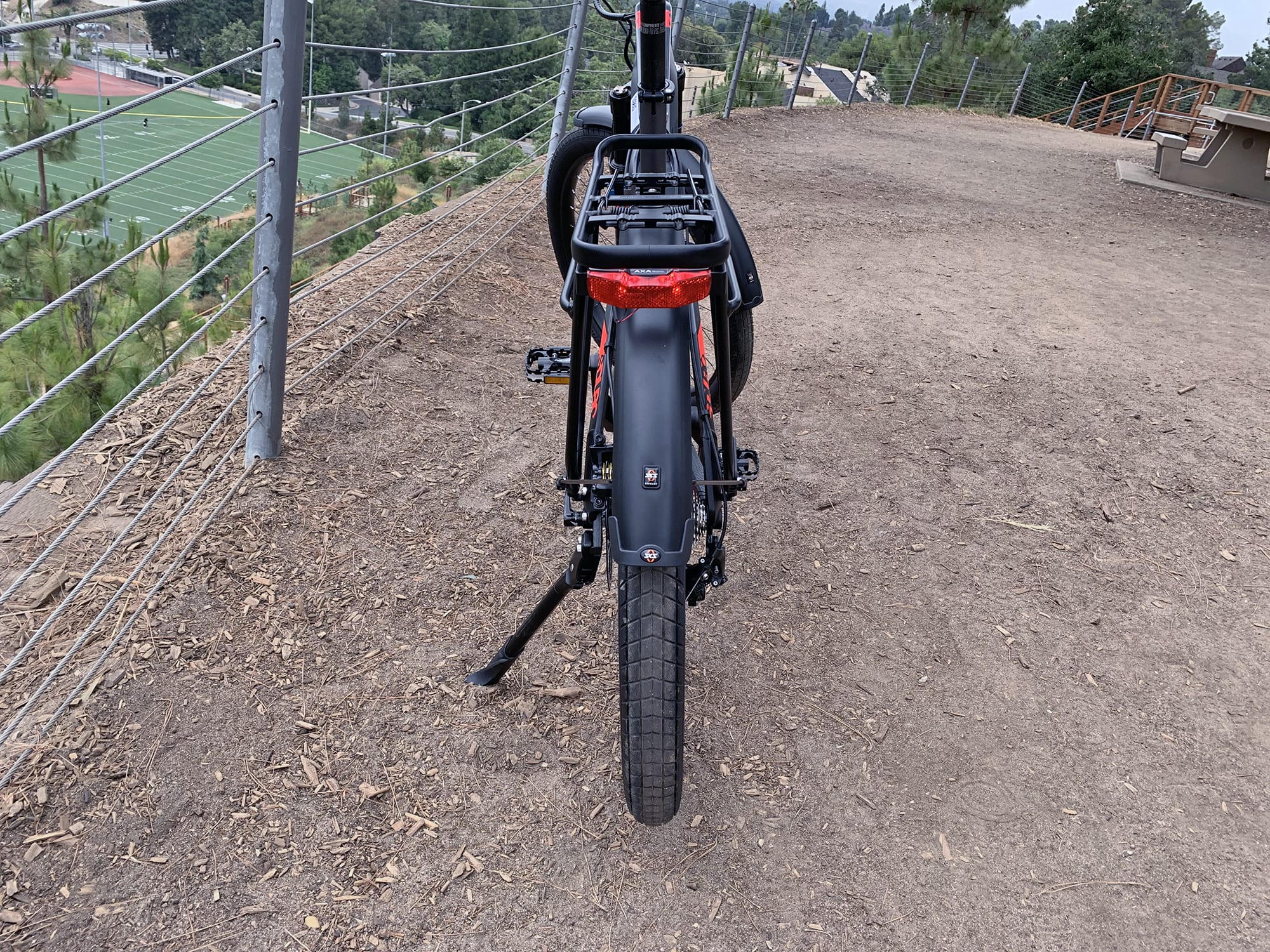
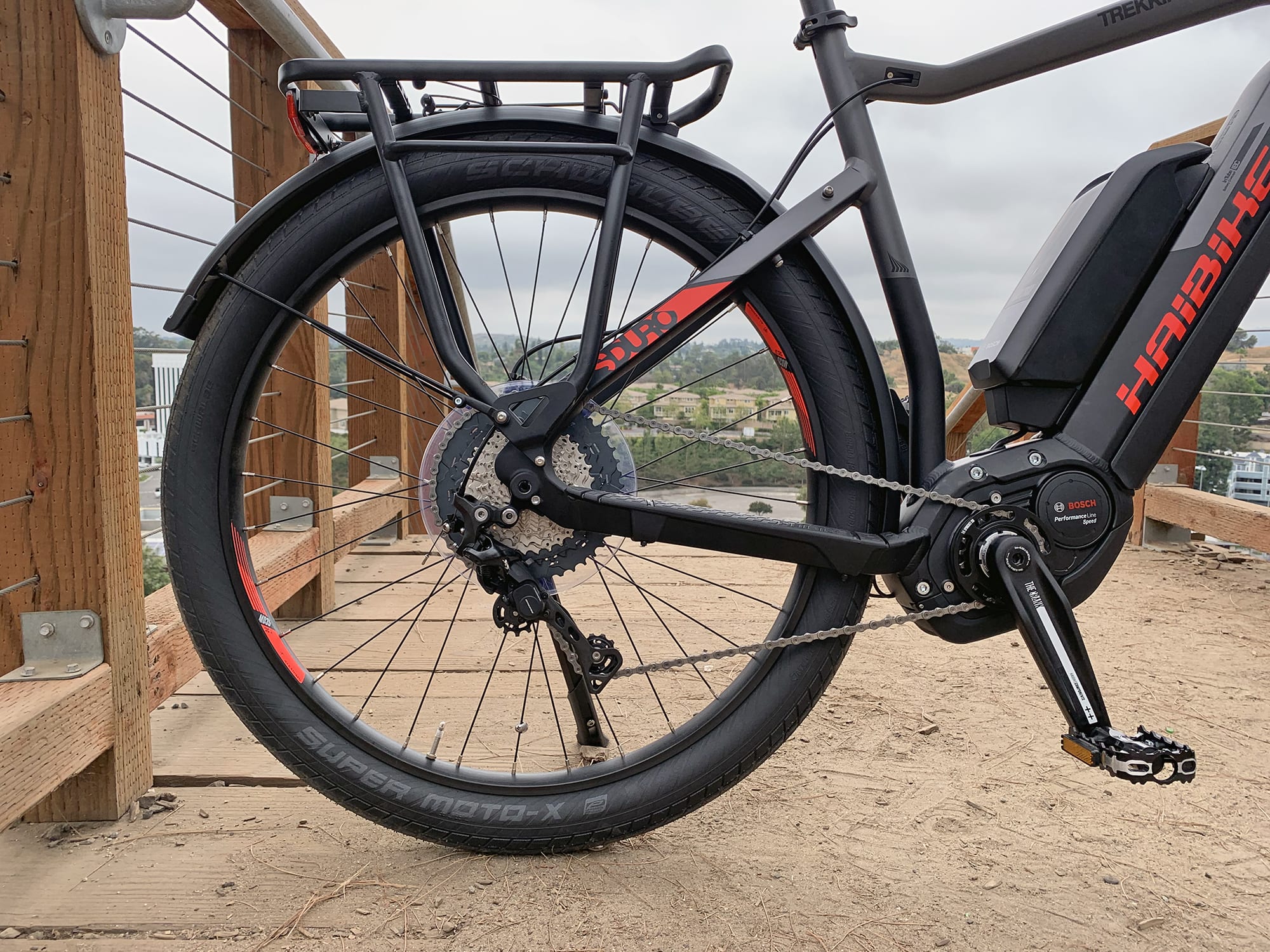


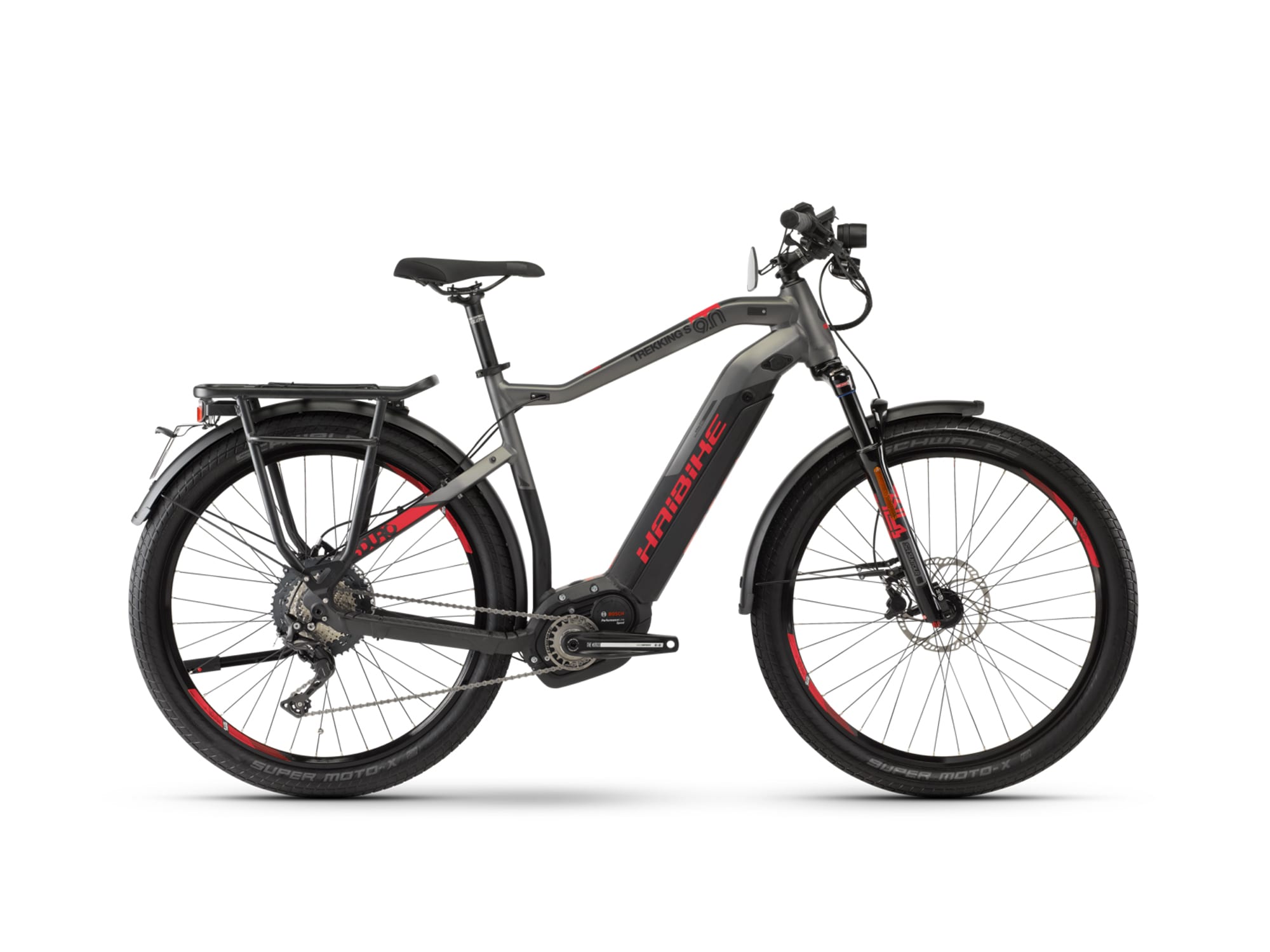

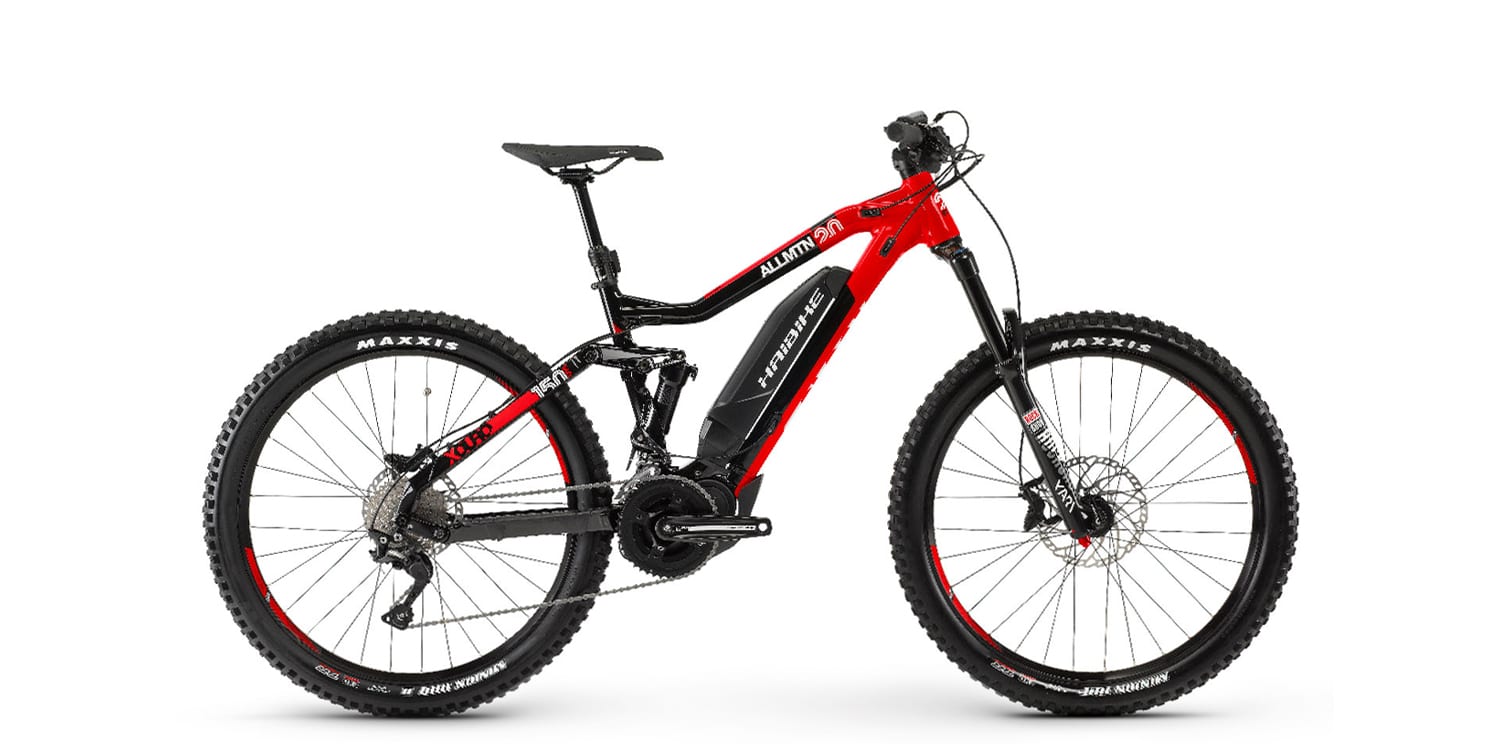
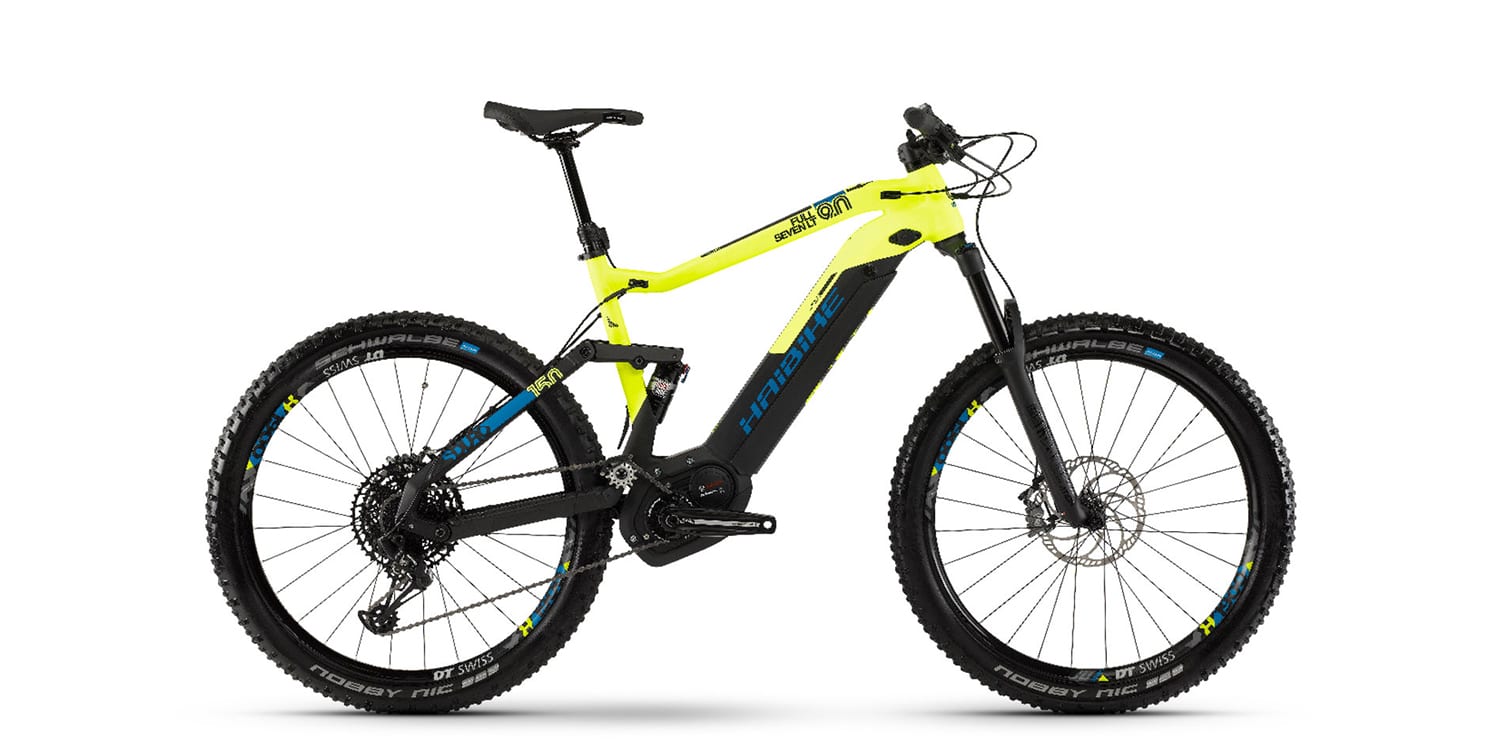
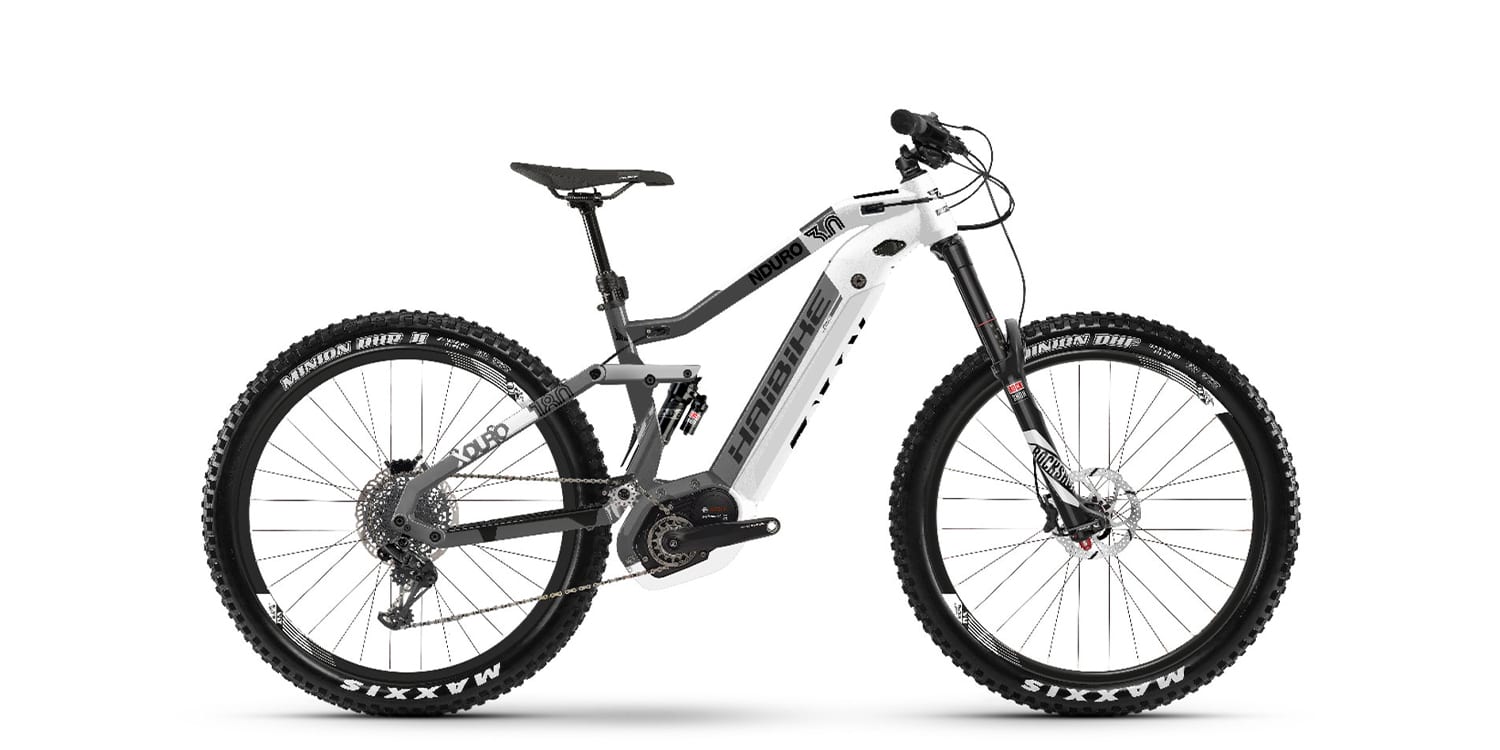
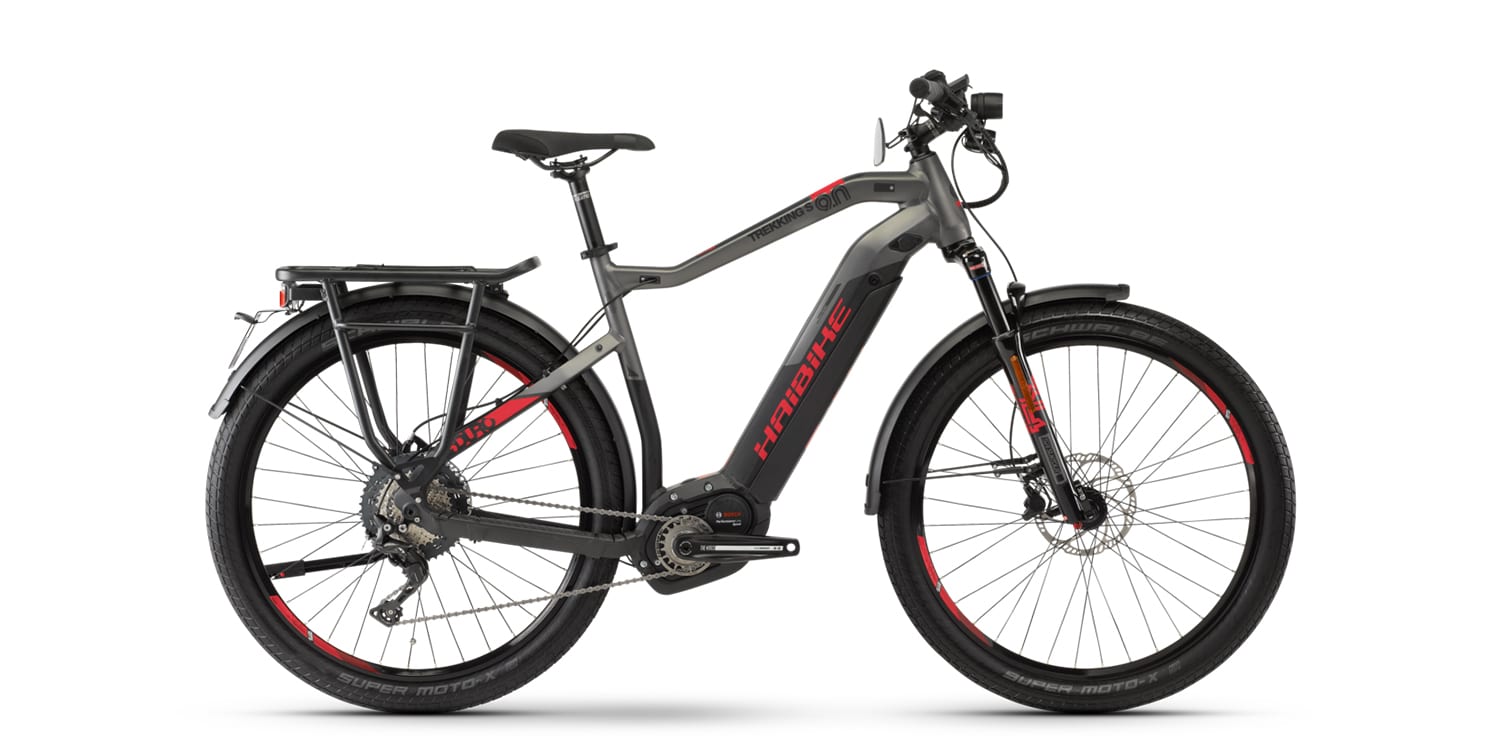
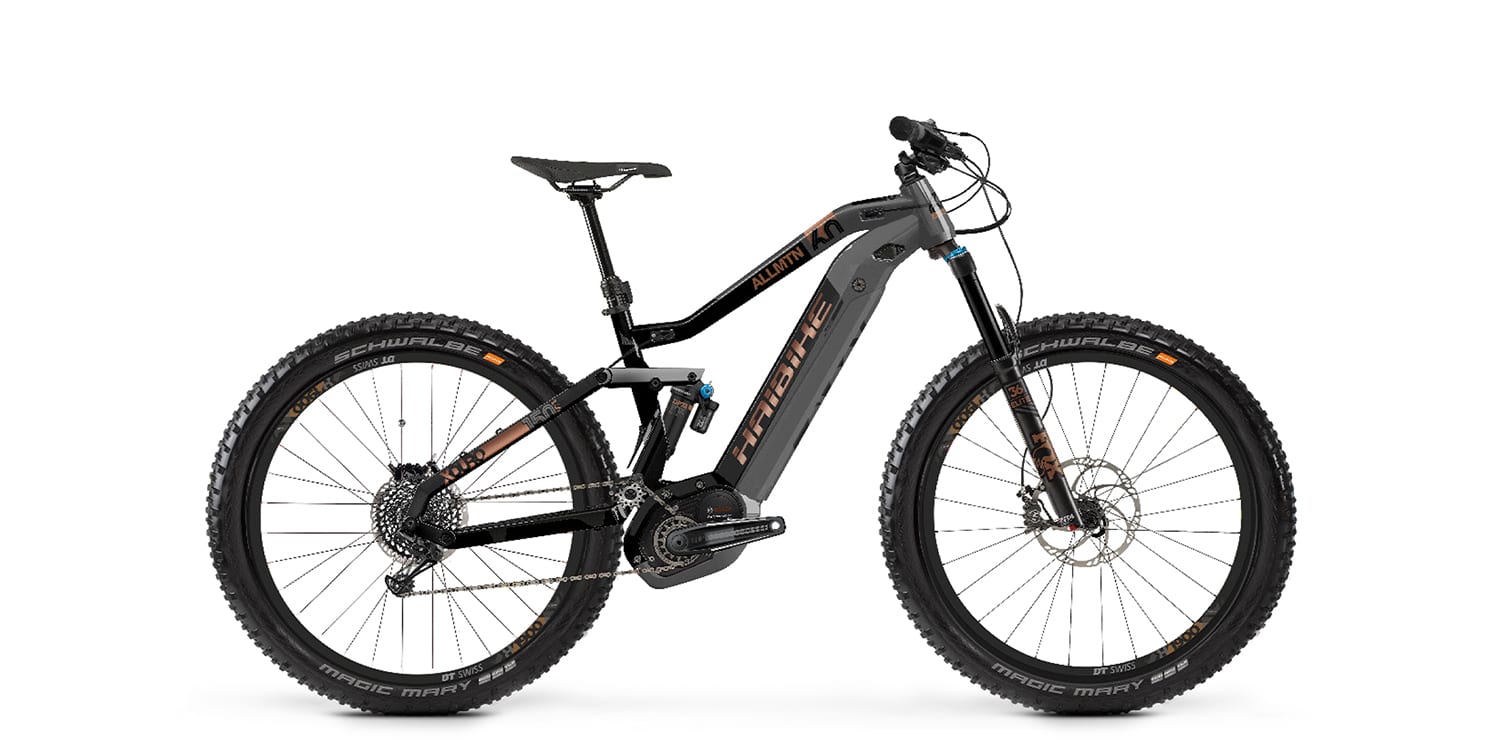
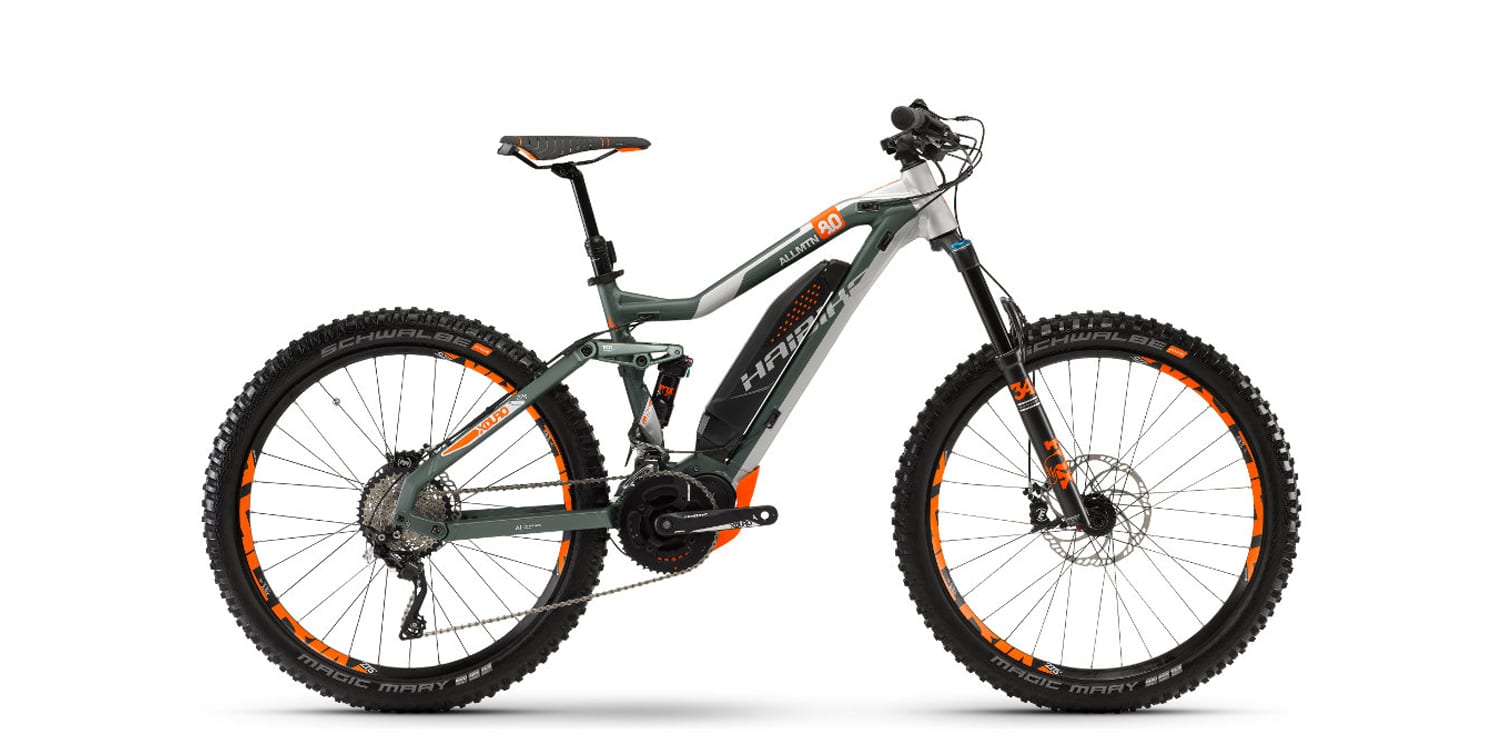
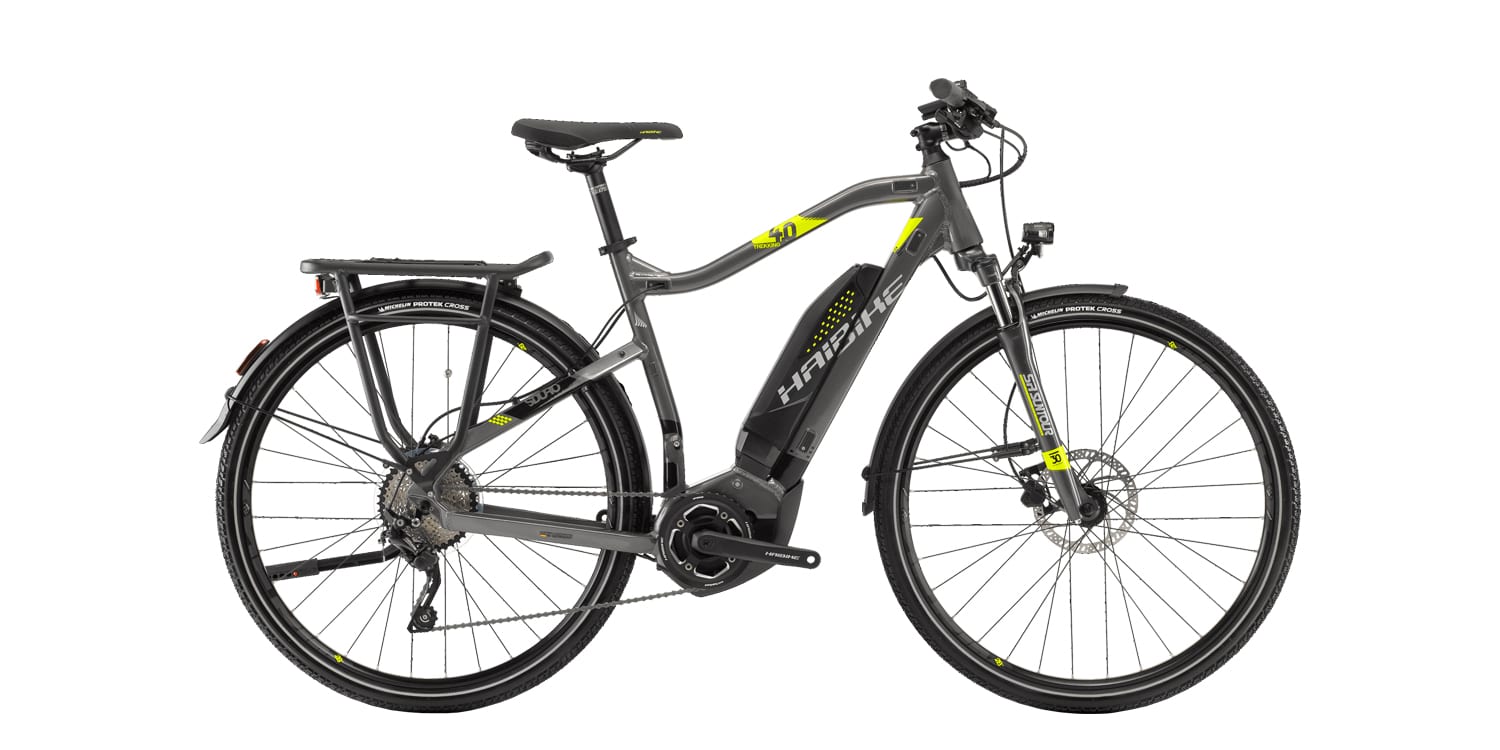
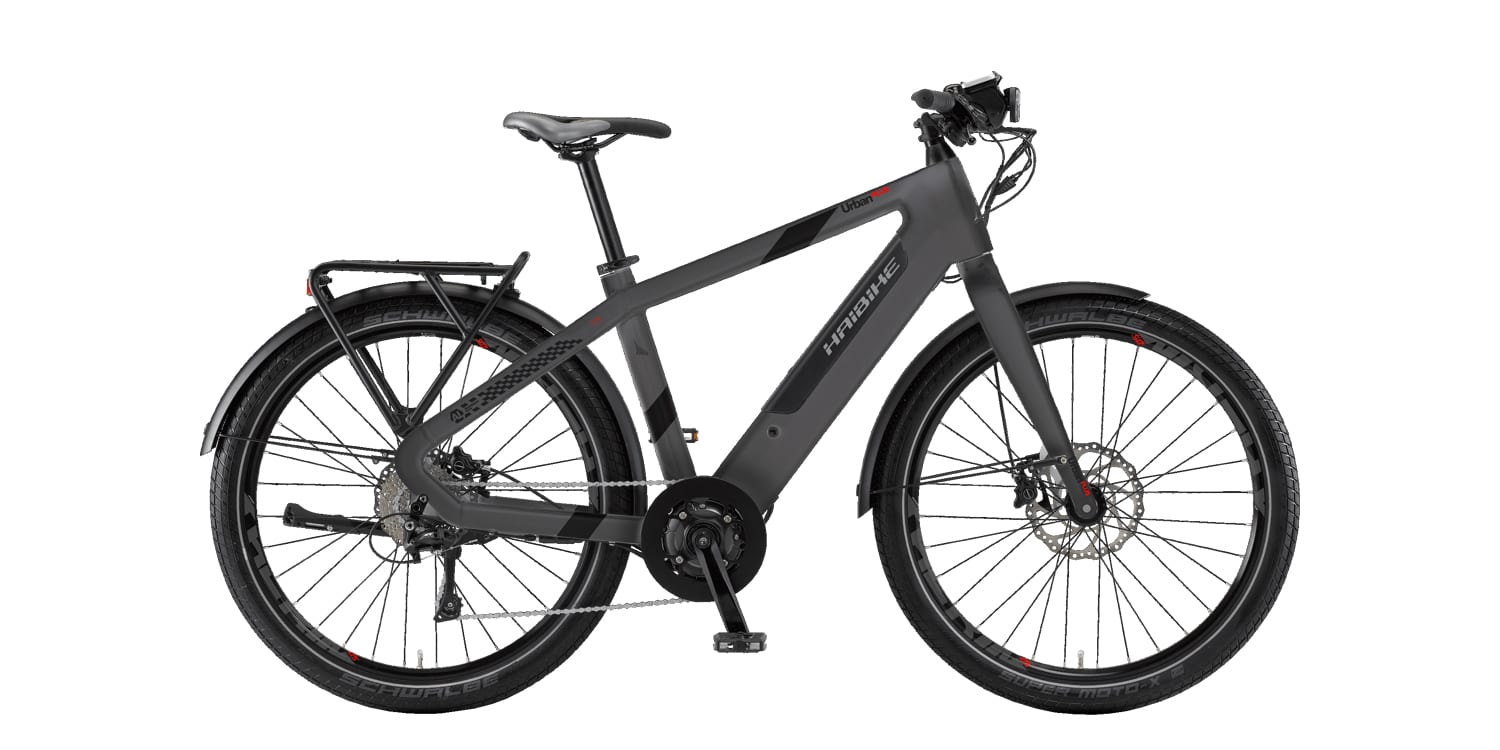
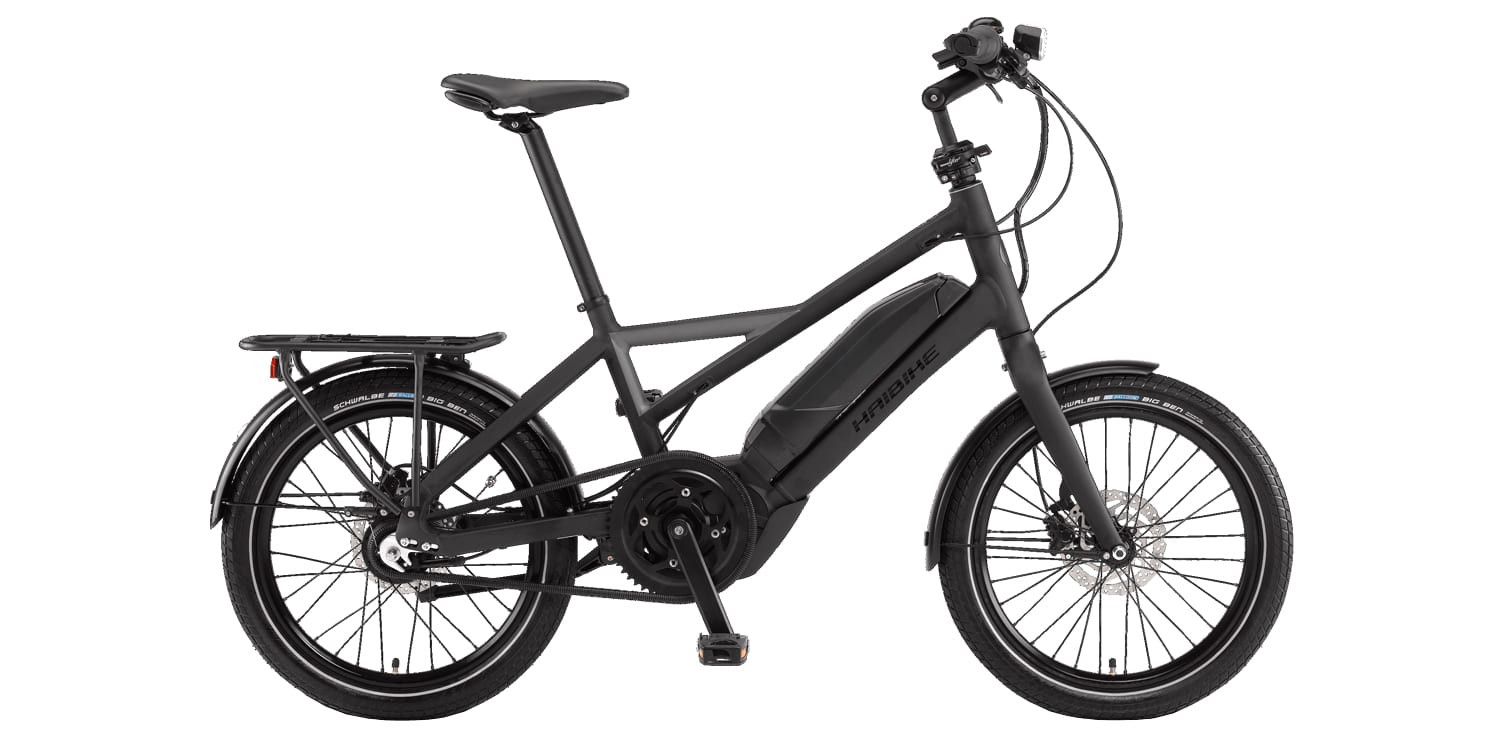
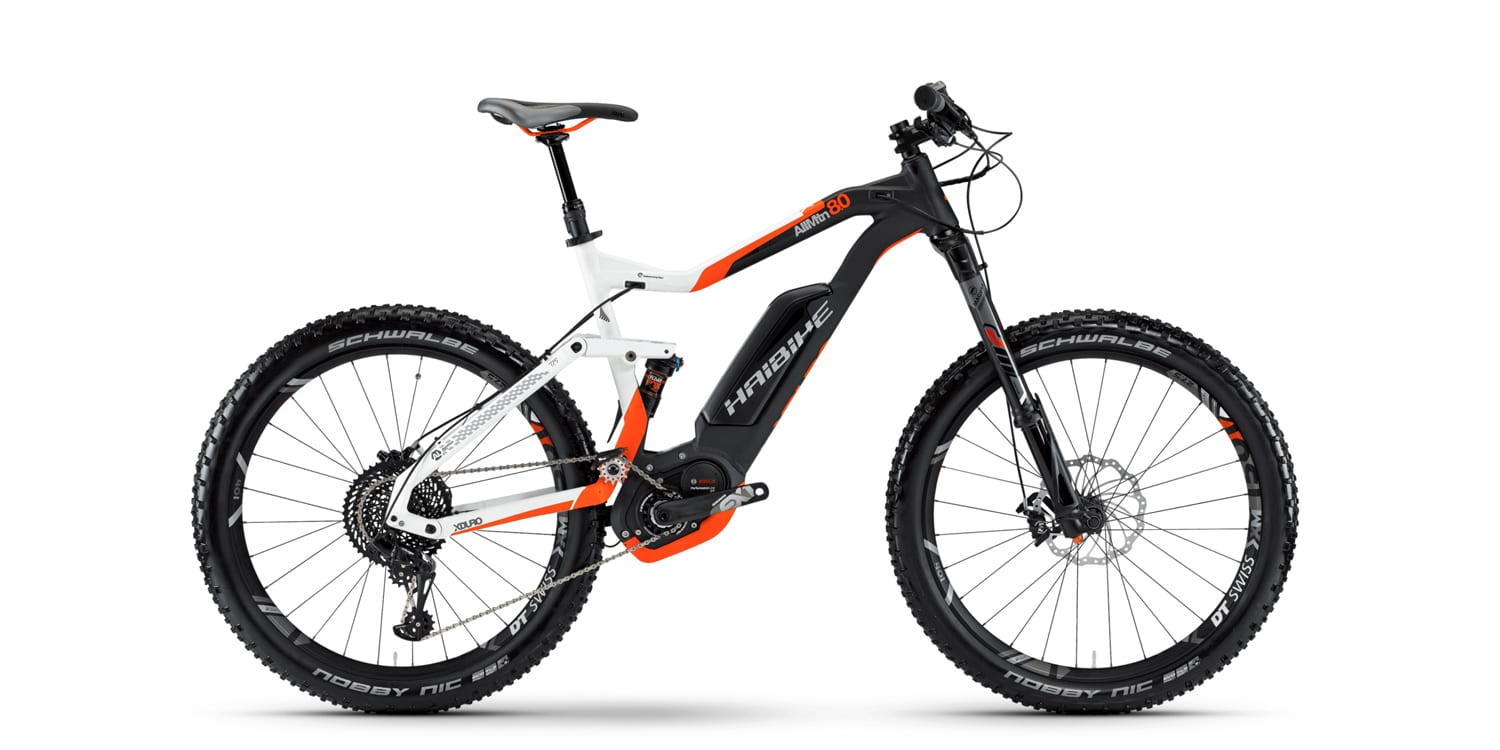
Reader Interactions